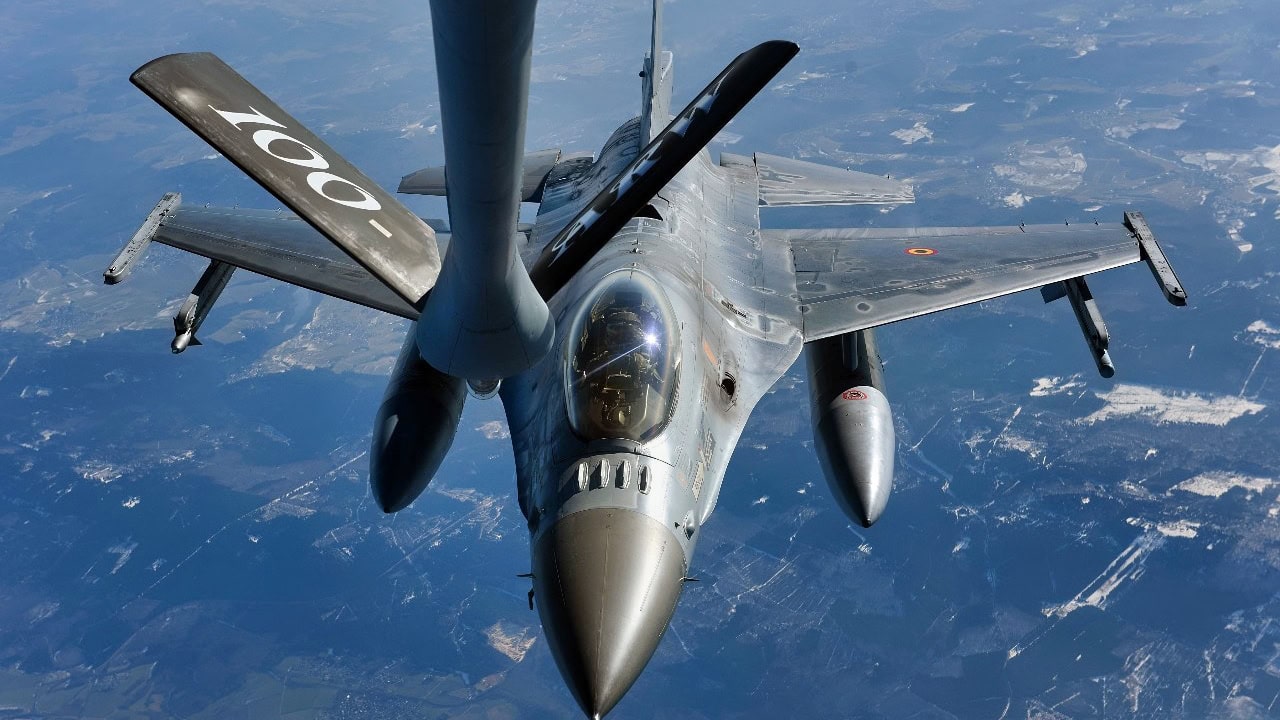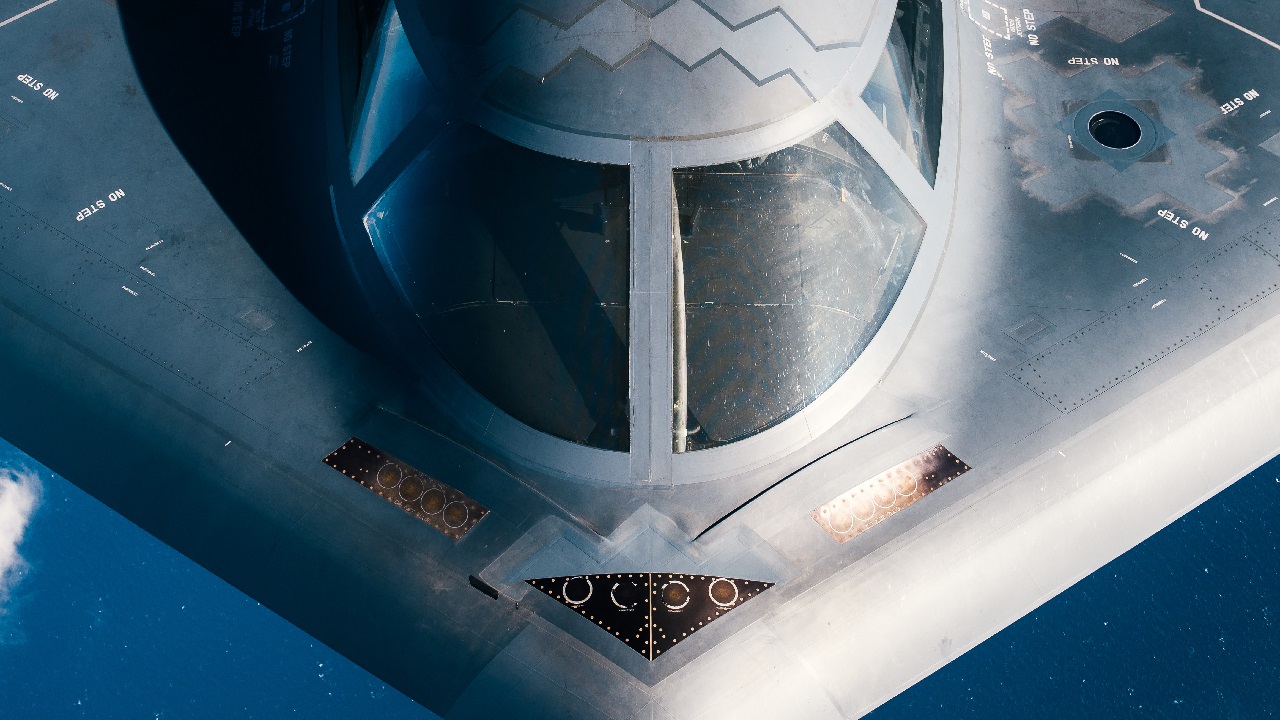According to a new CNN report, under newly-appointed United States Secretary of Defense Pete Hegseth, the Pentagon is evaluating the possibility of significant reductions to the upper ranks of the US military. These cuts are being contemplated as part of President Donald Trump’s Administration initiatives to shrink the US federal government’s footprint.
The Big Cuts Coming to the US Military?
This plan was reportedly outlined in a briefing document obtained by the news network, with additional confirmations from an unnamed US defense official.
Initiatives currently under consideration include consolidating some of the combatant commands, potentially closing down a directorate that oversees development, training, and education for the joint force, and halting expansion plans for US Forces in Japan.
One of the ideas being considered is merging the European Command (EUCOM) and Africa Command (AFRICOM) into a single command based in Stuttgart, Germany.
Both commands are based in Stuttgart, so combining them would not require moving large numbers of personnel or relocating facilities but would be more of an internal reorganization. AFRICOM’s area of responsibility covers all of Africa except Egypt, which falls under the United States Central Command, based in Tampa, Florida.
According to the same planning document, another proposed move would combine US Northern and Southern commands into a single AMERICOM command.
Government Efficiency
For decades, the phrase “US Government Efficiency” was considered a complete contradiction.
However, the measures proposed by Trump’s senior advisor, Elon Musk, appointed head of the Department of Government Efficiency (DOGE), are aimed at achieving precisely that objective to some degree.
The US military’s budget is over $800 billion annually. Numerous proposals for cuts are currently under consideration. The stated goal is to streamline many of DoD’s ponderous bureaucratic processes.
Last month, Hegseth recorded a video to be distributed within the department, saying that the Department of Defense (DoD) would be leaning on Musk’s Department of Government Efficiency (DOGE) to help the Pentagon “find fraud, waste, and abuse in the largest discretionary budget in the federal government.”
“With DOGE, we are focusing as much as we can on headquarters and fat and top-line stuff that allows us to reinvest elsewhere,” Hegseth said in the video. He also ordered the military in February to prepare plans to enact major budgetary reductions over the course of the next five years, with exceptions being made for border security spending.
The Pentagon has considered eliminating extensive portions of the DoD’s civilian workforce in the past few weeks. According to defense officials who have spoken to the media, the objective has reportedly been to cashier 5-8% of the department’s civilian employees, or from 60-70,000 personnel.
Consolidations
The AFRICOM organization was initially stood up in 2007 because it was decided that the number of security challenges in Africa—and the use of African nations as bases for ISR platforms—warranted the formation of its own command. However, the command itself was based in Germany because there was no single location on the continent that would be adequate for logistical and geopolitical considerations.
NORTHCOM and SOUTHCOM have always been distinctly separate and highly differentiated entities due to greater disparate mission statements. NORTHCOM is responsible for the US’ homeland defense and cooperation with Canada and Mexico to support that mission.
SOUTHCOM, on the other hand, focuses on Central and South America, the Caribbean, and surrounding littoral waters. Pentagon officials who spoke with 19FortyFive pointed out that one SOUTHCOM initiative was to previously secure the transfer of some of the Danish F-16s to Argentina instead of to Ukraine. This transfer was done to prevent that nation from procuring the Chengdu JF-17 fighter from China.
“There was no way that SOUTHCOM was going to permit the Chinese to establish a base in South America,” said a US DoD specialist on Chinese influence in Latin America.
CNN quoted the briefing as admitting that consolidating the commands could run the risk of creating an “increased scope of control and operations for the combatant commander,” and that “political risk” could be an unanticipated and potential negative consequence.
This move could also save the Pentagon the sum of up to $330 million over five years, a dollar figure NBC News initially reported.
The other possibility being discussed is halting the expansion of US Forces Japan. Doing so could save up to $1.1 billion in personnel costs, plus the cost of command and control network upgrades. However, it again prompts concern over potential “political risk” not only for the US in Japan but also would mean scaling back the presence and combat potential of the US military in the Pacific.
“Some of these cuts make some sense, but scaling back the US presence in the Pacific seems counterintuitive and contradictory,” said a recently-retired intelligence officer from one of the Five Eyes, US partner nations.

A Belgian Air Component F-16 flies behind a U.S. Air Force KC-135 Stratotanker from the 100th Air Refueling Wing, RAF Mildenhall, England, before receiving fuel over Germany, Feb. 23, 2018. The air refueling was part of a large force exercise with NATO allies including the Belgian, Dutch, French and German air forces. (U.S. Air Force photo by Airman 1st Class Luke Milano)
“Lots of people [in Washington] are howling about how the assets being sent to Ukraine and the resources expended on bulking up NATO are too much being spent in Europe. They say these assets should be diverted to Asia instead due to the Chinese threat. If you then in the same breath talk about cutting back what you are willing to spend in Japan – in that same Asia-Pacific theatre – well it is a bit difficult to reconcile those two positions.”
About the Author
Reuben F. Johnson is a survivor of the February 2022 Russian invasion of Ukraine and is now an Expert on Foreign Military Affairs with the Fundacja im. Kazimierza Pułaskiego in Warsaw. He has been a consultant to the Pentagon, several NATO governments, and the Australian government in the fields of defense technology and weapon systems design. Over the past 30 years he has resided in and reported from Russia, Ukraine, Poland, Brazil, the People’s Republic of China and Australia.

